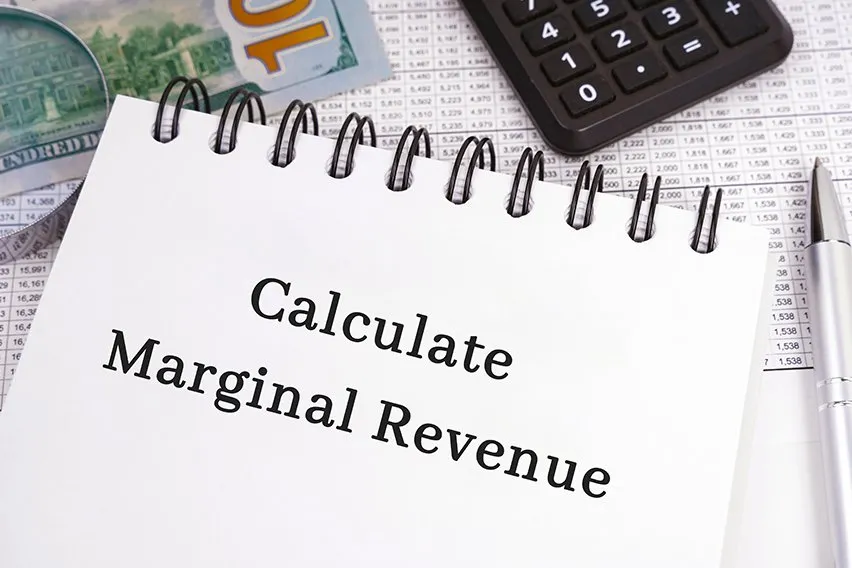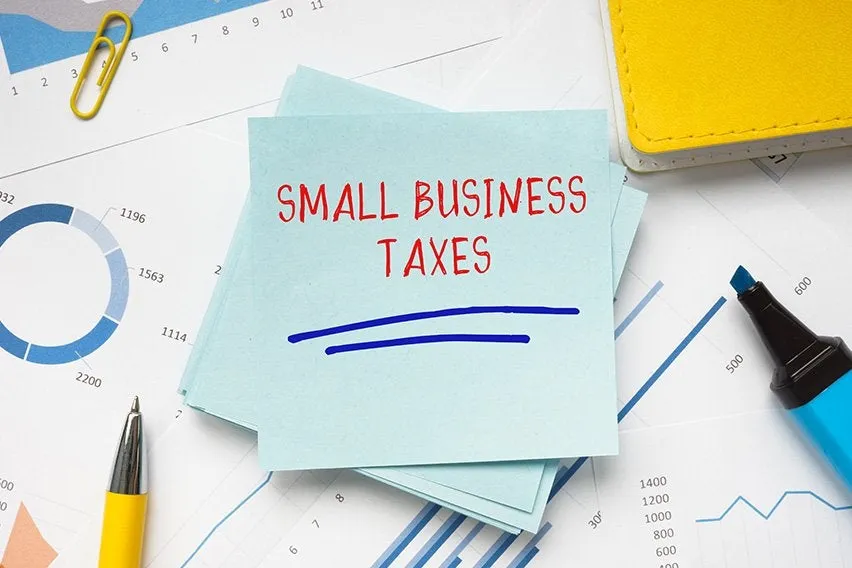What is SG&A (Selling, General & Administrative Expense)?

If you’re handling the books for your business, it’s important to have a thorough understanding of all expenses. One of the expense categories you’ll need to know is the selling, general and administrative expenses. It’s also abbreviated as SG&A. Keep reading to learn all you’ll need to know about SG&A!
Here’s What We’ll Cover:
What Are General and Administrative Costs?
Frequently Asked Questions About SG&A
What is SG&A?
Selling, general, and administrative costs are a category of expenses. SG&A includes most expenses that don’t fall under the cost of goods sold (COGS). It includes some of the following costs:
- Various salaries of department staff
- This includes salaries of employees in accounting, IT, human resources, and marketing departments
- Advertising expenses
- Commissions
- Promotional materials
- Utilities and rent for property
- Any supplies not associated with manufacturing; office supplies, shipping supplies, etc.
SG&A is not assigned to manufacturing costs. This is because it deals with all of the other factors that come with creating a product.
When looking at the income statement, COGS is subtracted from the net revenue. This allows you to figure out the gross margin. Under the gross margin, SG&A and all other expenses are listed. Subtracting these costs from the gross margin gives you the net income.

Expenses Not Covered Under SG&A
When determining what falls under SG&A, you can look at the income statement or other financial statements. There are costs deducted from the gross margin that are separate from SG&A. Interest expense and research and development costs are calculated separately from SG&A.
What Are Selling Expenses?
SG&A can be broken down into two categories. The first of these categories is selling expenses. This can be broken down further into two categories; direct and indirect costs. These costs are associated with selling a product.
Direct Selling Expenses
Direct selling costs are related to a specific product being sold. They only occur when a product is sold. They may include shipping supplies, delivery charges, and sales commissions. As such, they are directly related to the sale of a product, hence the label “direct costs.”
Indirect Selling Expenses
Indirect costs are any costs incurred when trying to earn sales. They happen before the sale of a product, or throughout a sales cycle. They vary greatly from company to company. Some of the general costs you’ll see in this category are advertising, marketing, travel costs, and salesperson salaries.
What Are General and Administrative Costs?
General and administrative (G&A) costs are the overhead costs of a company. These costs are necessary for a company to open its doors on a daily basis. They are often referred to as the day-to-day operating expenses. Operating costs can include rent, utilities, and insurance. These costs aren’t normally related to any specific function or department within the company. G&A will also include employee salaries. However, these are non-sales personnel salaries, like administrative salaries.
The Benefits of SG&A Expenses
The reason SG&A expenses are used is the benefits that they bring with them. There are a few key advantages to tallying SG&A expenses separately from other expenses.
SG&A Expenses Influence Profitability
By gathering all of your expenses in one place, you can quickly identify where costs may need to be cut. These costs help companies calculate their break-even point. This is the point where revenue generated and expenses incurred are the same. Then, when trying to increase profits, SG&A can be reviewed to identify areas of bloat. One of the first things that a company does to increase profitability is cut operating expenses. Cutting the base salary of non-sales personnel is a quick way to reduce costs without interrupting manufacturing or sales.
SG&A Expenses Identify Redundancies
When companies undergo mergers, SG&A is the first place they look to reduce redundancies. The combination of two companies results in many redundant operations and employees. By looking at the SG&A of each company, duplicated employees and positions can be identified and cut. This saves the resulting company money on overhead costs.
The Limitations of SG&A
While SG&A brings great benefits to a company’s recordkeeping, it also has limitations. Specifically, relying on SG&A figures can cause companies to aggressively cut costs. Some of these costs could be necessary, and cutting them may impact the company negatively. SG&A needs to be examined and used carefully.

Frequently Asked Questions About SG&A
SG&A may seem like a concept that doesn’t fit into all businesses. As such, you may have some questions about it. Check the most frequently asked questions below.
Why does my business need to pay attention to SG&A?
When you have a good understanding of your SG&A, you can increase your profits over time. One of the ways to do this is by examining the ratio of your SG&A expenses and sales revenue. A lower number indicates that your SG&A expenses are lower. This means higher profit. However, if that ratio increases over time, it may mean that your business needs to cut costs.
How can I keep track of SG&A?
To keep track of SG&A, you can tally all expenses that fall under it separately. However, if you’re looking for an easy way to keep track of these expenses, expense tracking software is a good option. Great tracking software can help you track SG&A automatically. It can also help you monitor your ratio over time, indicating when costs need to be cut and sales need to be increased.
Key Takeaways
SG&A is a great way for any business to keep track of their costs. Understanding the expenses associated with selling, general, and administrative functions is important. It can lead to higher profits and lower costs. Examining these costs and cutting them when necessary is a good way to keep revenue high. If you’re looking for more information like this, be sure to check out our resource hub! We have plenty of useful articles for you and your small business!
RELATED ARTICLES

 What Is Payroll Remittance & Deduction?
What Is Payroll Remittance & Deduction? Learn How to Calculate Marginal Revenue
Learn How to Calculate Marginal Revenue What Is a Bad Debt Expense? Overview, Example & Calculation
What Is a Bad Debt Expense? Overview, Example & Calculation ACH Transfer: What Is It and How Does It Work?
ACH Transfer: What Is It and How Does It Work? 5 Expense Tracker Apps for 2025
5 Expense Tracker Apps for 2025 Tax Deductions for Small Business Canada
Tax Deductions for Small Business Canada